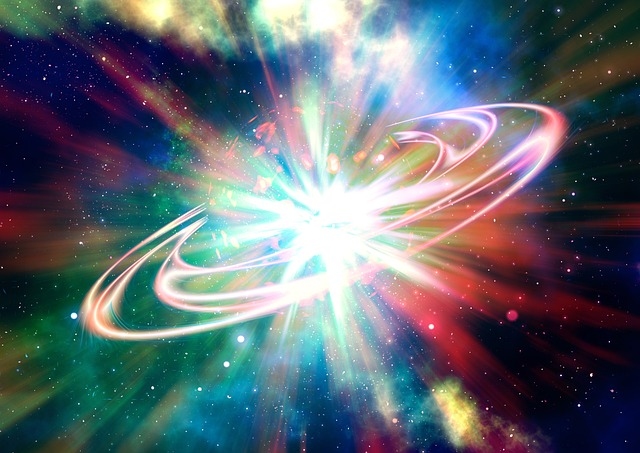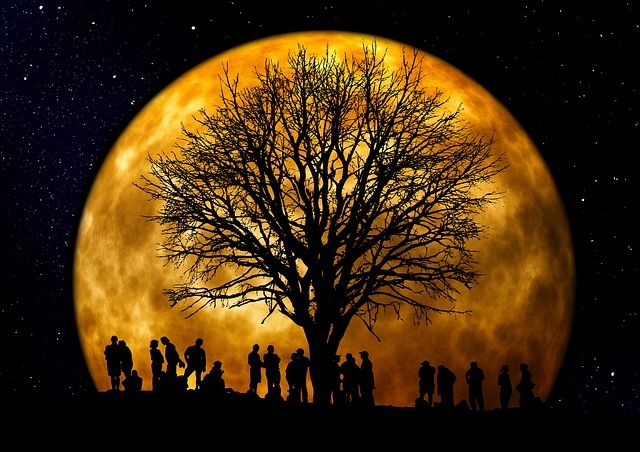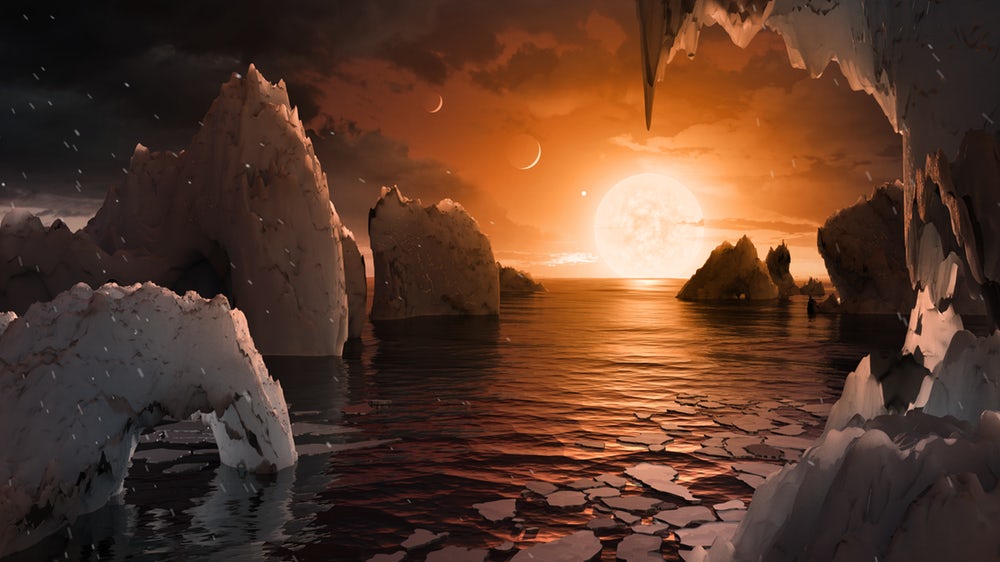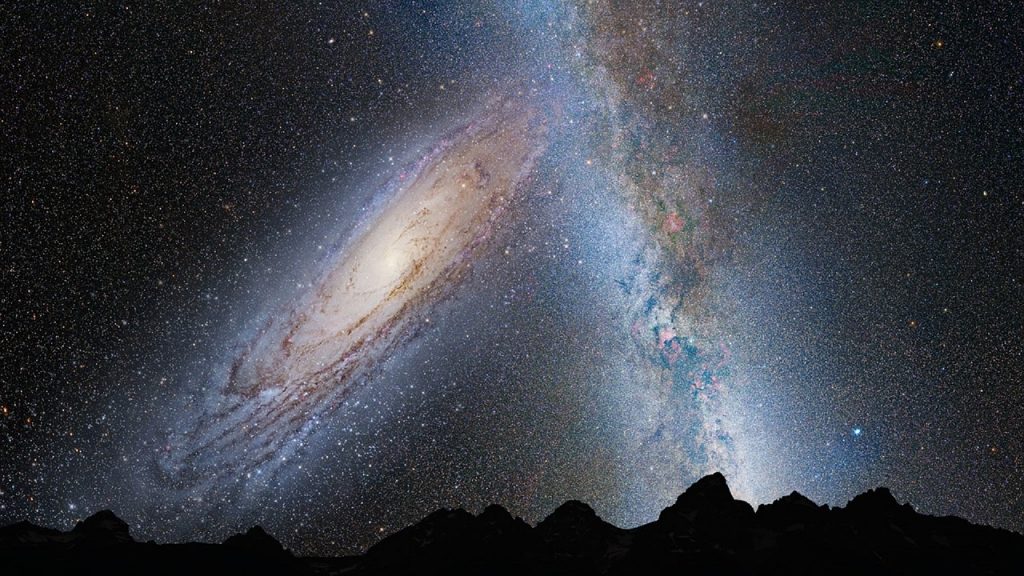
Our milky way is on a collision course with a much larger group of stars called the Andromeda Galaxy. Astronomers tell us – galaxies are a combination of millions of stars, dust and a substantial amount of dark matter that is held together by gravitation, in constant motion traveling through the universe. Our milky way contains over two hundred million suns, with a diameter of 100,000 light years across and is a galaxy within its own right.
On a crisp autumn evening high in the sky after nightfall, a faint patch of light can be seen from mid-northern latitudes. This “fuzz ball” located at two and a half million light years away is the most distant object visible to the unaided eye without a telescope – the Andromeda Galaxy. By comparison, Andromeda is home to almost one trillion suns and is over 220,000 light years across dwarfing our own milky way by a staggering amount. It is a beautiful sight under dark sky conditions where even a small telescope will reveal spiral arms that wind out of a bright nucleus, and two smaller neighboring satellite galaxies too.
It is almost impossible to comprehend but when we look at Andromeda we are seeing light that left the galaxy 2.5 million years ago. Light travels at 186,000 miles a second. That means that even though the sun is 93 million miles away it takes about 8 minutes for its light to reach the earth. If the sun blew up this moment we wouldn’t see it for 8 minutes. In the case of Andromeda, the difference is so much greater. On earth, it was at the beginning of the last ice age and an extinct species of humans homo habilis walked our planet. So many things have changed here on earth since then but we have no idea what is different about the Andromeda galaxy. This is simply because we can not see anything in real time over such an incredible distance. What a unique aspect of observational astronomy!

So who determined this huge mass of stars will collide into our own galaxy? During the early twentieth century, it was believed that the most distant things we could see were members of our own galaxy. Since most of the objects visible in a telescope in those days were diffused patches of light not much were known about them. The Andromeda galaxy was originally called the Andromeda nebula essentially meaning an interstellar dust cloud for this reason. It wasn’t until Edwin Hubble measured a Cepheid variable star’s intrinsic brightness and compared the value with the star’s apparent brightness did he learn that certain nebula were, in fact, distant galaxies of their own. Each containing millions and millions of stars and not members of the milky way. This established a new tool for astronomy to determine distances in interstellar space and revolutionized our thinking about the universe.
An American Astronomer, Vesto Slipher noticed by means of the spectra -scope that the light from objects moving away from us were shifted to the red end of the spectrum and light of objects moving towards from us light shifted to the blue end. It was exciting to see Andromeda approaching, yet this was not typical of most galaxies examined, which tend to be speeding away from us here in the milky way.
Andromeda is closing in on us at a rate of about almost 70 miles per second. The two galaxies will collide together at some point within the next four billion years. This can be catastrophic for a portion of the stars of both galactic systems.
The event will begin perhaps 3 billion years from now. The Andromeda galaxy will appear very large and bright overlapping the spiral arms of the milky way. The two have not made contact yet but the view will be dramatic as observed from earth.
In another 750 million years Andromeda makes its first pass into the Milky Way. The dust and gasses that meet will increase the formation of new stars and will continue to do so for probably the next billion and one-half years.
Here is a simulation:
https://www.youtube.com/watch?v=PrIk6dKcdoU
As the two galaxies merge some stars will be catapulted from the resulting system and others will be annihilated by the super massive black holes that lie at the centers of both galaxies.
There is some debate as to how many stars will be destroyed. The Andromeda system reputably has 26 possible black hole candidates, and each galaxy; ours and Andromeda have at least one super massive one at its center. If the two black holes merge, chances are the smaller will be gobbled up, resulting in one really massive black hole of epic proportions.
In all, there is some good news. Astronomers believe that due to the immense distances that separate them; most stars will simply live out their normal lives with little impact from the two galaxies consolidating.
Theorists suggest that although our sun may be spared from this destruction, the earth will face a much more serious problem. First of all the sun is classified as a middle age dwarf star. It is average in mass and over the next tens of thousands of years it will remain stable in size and brightness. In about 3.5 billion years, however, our star will undergo important internal changes that will begin to consume the layers of its outer atmosphere. It will become 40% brighter in doing so. This alteration will appreciably increase the temperature of our planet rendering it useless for habitation, closely resembling that of the planet Venus. The earth’s seas will eventually boil away.
While the earth sizzles in intense heat, the next 500 million years will force the Andromeda Galaxy and our milky way to becoming tidally stretched warping our galaxy. The cores of Andromeda and the milky way will develop bright lobes within 5 billion years of today and will appear quite a bit different in appearance than ever before. The sun will continue to burn more and more hydrogen and eventually become a red giant star swelling to 170 times its present size and 2400 times brighter. At this stage, our star will grow rapidly. Astronomers believe it will most likely engulf the planet’s Mercury and Venus and perhaps the earth in the expansion process.
As time moves forward the sun will fuse with the helium in its core and will shrink down to a size only ten times larger than it is now, this will occur at 6.7 billion years while the two galaxies are still combining. Then within a mere one hundred million years or so later the second expansion of the sun will begin as it runs out of helium, entering into another red giant phase. Whatever was left of the earth if anything will probably be torched to rubble or simply destroyed by this second phase as the sun becomes 180 times larger and approximately 3000 times brighter than it is today.
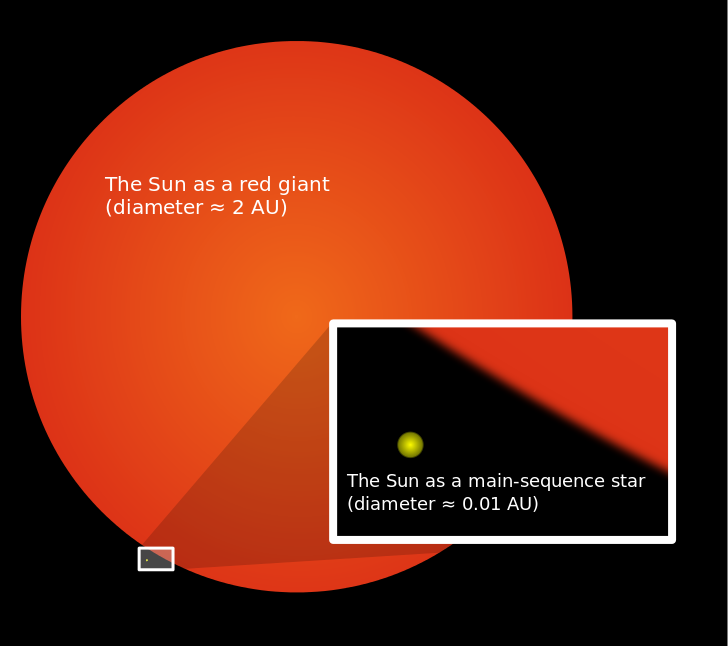
We are now 6.9 billion years into the future. Due to old age, the sun’s life will be mostly behind her. At some point, the outer layers of the sun will begin to leave it to form a planetary nebula as it begins to lose fifty percent of its mass. Afterward, it will collapse into a much smaller white dwarf and dim dramatically into the stellar background.
As the sun continues to age the cores of the Andromeda and the milky way will finally merge into one large elliptical galaxy, no longer resembling a spiral shape. Aging stars in the new system will not be located along a central plane, and new star formation will greatly be reduced.
Fundamentally the sun should survive millions of years longer into her final days but no longer will be part of our milky way. It will now exist within the newly formed system of both the milky way and the Andromeda galaxy. Many astrophysicists expect Earth will probably not survive sun’s expansion, but it just might.
Before our planet’s demise, humanity will need to colonize Mars or the moons of the bigger ice planets – Jupiter and Saturn if we as a species are expected to survive. It is not without reason to believe such cold places may sufficiently warm to help bolster life during the red giant phases of our sun.

